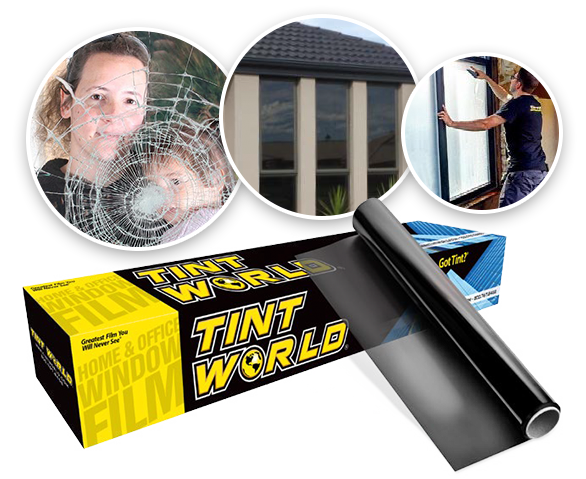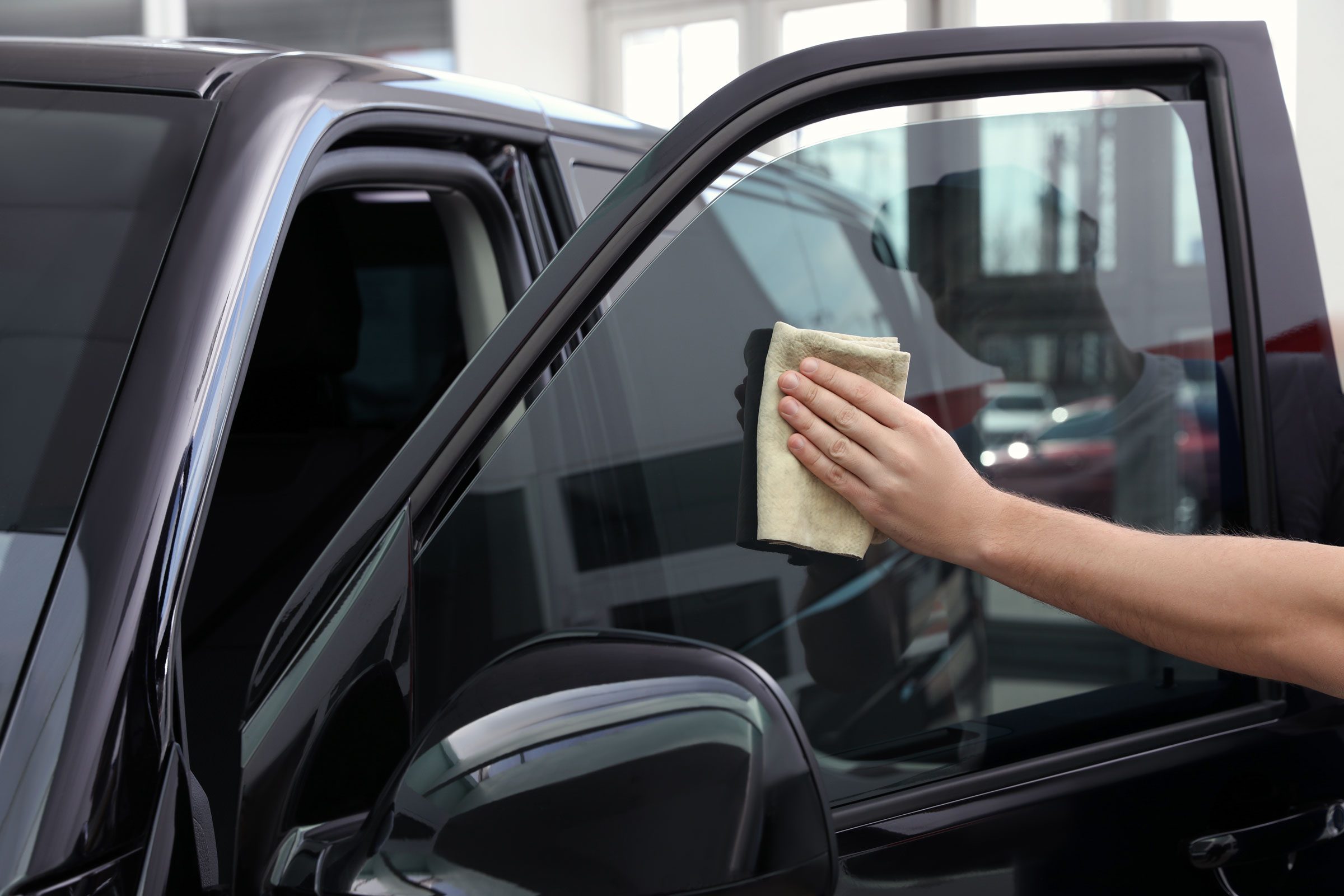Vehicle Window Tinting: Tips for Maintaining an Expert Complete
Vehicle Window Tinting: Tips for Maintaining an Expert Complete
Blog Article
Home Window Tinting Rules and Standards: What You Required to Know Before Tinting Your Vehicle
Before continuing with window tinting for your lorry, it is important to familiarize on your own with the diverse laws and guidelines that regulate this practice throughout various states. These guidelines determine the allowable degrees of tint darkness, frequently determined by visible light transmission (VLT) percentages, and consist of certain specifications for front windshields focused on ensuring roadway safety and security. Additionally, particular jurisdictions might supply medical exceptions for individuals with certifying conditions. Comprehending these complexities can save you from possible legal ramifications, however what are the details guidelines in your state?
Summary of Window Tinting Laws
Window tinting legislations are regularly based on variation throughout various jurisdictions, reflecting local laws and security considerations. These legislations dictate the acceptable levels of tint darkness and reflectiveness on vehicle windows, making certain that chauffeurs keep sufficient exposure while also protecting against damaging UV rays and warm.
The majority of laws categorize window tinting based upon the Visible Light Transmission (VLT) portion, which suggests the quantity of light that can pass with the window. Typically, reduced VLT percentages represent darker colors. Regulations typically differentiate between the front, side, and rear windows, with stricter restrictions used to the front windshield to improve safety and security for both the vehicle driver and various other road users.
Furthermore, some territories impose restrictions on the reflectivity of the tint, preventing excessive glow that might impair presence. Exemptions to these laws might exist for individuals with certain clinical problems calling for additional sun protection. Conformity with home window tinting policies is critical, as offenses can cause penalties, required removal of the color, and potential rises in insurance coverage premiums. It is vital for automobile proprietors to familiarize themselves with local laws before continuing with window tinting installations.
State-by-State Color Laws
Recognizing the certain window tinting laws in each state is crucial for car proprietors seeking to follow the regulation. Each state in the united state has developed its own collection of policies controling window tinting, which can vary dramatically. These guidelines typically dictate the permitted degrees of tint darkness, the types of windows that can be tinted, and any clinical exemptions that may apply.
For circumstances, states like California have rigorous limitations on color darkness for front windows, while others, such as New Mexico, may permit darker colors. Furthermore, particular states mandate certain presence portions for numerous windows, including the windshield, front side home windows, and rear windows. It is essential for cars and truck owners to familiarize themselves with their state's laws to avoid possible fines or penalties.
Moreover, some states might need an accreditation sticker to be put on colored home windows, indicating conformity with state regulations. Failure to follow these laws not only runs the risk of lawful consequences however can additionally impact security and exposure while driving. Automobile owners should perform comprehensive study or get in touch with regional authorities to guarantee complete understanding and conformity with state-by-state tint regulations.
Allowed Tint Kinds and levels
Lots of lorry owners might be amazed to discover that allowed color levels and kinds differ commonly across different states. Each state has actually established its very own policies concerning the permitted darkness and reflectivity of window tint, this contact form frequently determined by Visible Light Transmission (VLT) percentages. VLT describes the quantity of light that can pass with the colored home windows; thus, a reduced portion suggests a darker color.

Moreover, the kinds of tint products enabled can differ, with some states restricting metallic or mirror-like finishes. It is essential for car owners to familiarize themselves with their state's particular laws to make sure conformity. Non-compliance can result in fines, necessary removal of the tint, or various other legal effects, making it important a knockout post to comprehend these regulations prior to waging setup.
Medical Exceptions for Tinting
While not all states supply allocations for medical exceptions relating to window tinting, those that do recognize the need for details people to improve exposure and comfort due to clinical conditions. Various medical problems, such as lupus, skin cancer, and particular eye problems, can make individuals especially sensitive to sunshine. As a result, these people may require darker tints to protect themselves from damaging UV rays and glow.

It is necessary to note that despite a medical exemption, there might still be limitations on the level of color enabled. Compliance with state legislations guarantees that people are both protected and within lawful limits. Those considering clinical exceptions should call their regional Department of Electric motor Cars or equivalent authority to recognize the procedures and needs required to get an exemption efficiently.
Charges for Non-Compliance
Falling short to adhere to window tinting laws can bring about considerable charges, which differ by state. Police are equipped to provide citations for lorries that do not follow the defined tinting regulations. These charges commonly check consist of penalties, which can vary from modest total up to a number of hundred dollars, relying on the seriousness of the offense and the state in inquiry.
In some territories, repeated offenses may result in intensifying penalties or additional fines, such as required court looks. Moreover, non-compliance might necessitate the removal of prohibited tinting, frequently at the proprietor's expense. In severe instances, habitual transgressors might face suspension of their automobile registration until compliance is attained.
In addition, insurance policy ramifications might occur from obtaining multiple citations for window color infractions. Insurance providers might watch such violations as an indicator of riskier habits, possibly leading to enhanced costs or problem in insurance coverage.
To avoid these fines, it is important for automobile proprietors to familiarize themselves with their neighborhood window tinting laws and ensure that their automobile complies (Window Tinting). This aggressive technique not only avoids lawful ramifications however likewise advertises road safety and security
Conclusion

Most regulations identify home window tinting based on the Visible Light Transmission (VLT) percent, which shows the quantity of light that can pass with the home window. Compliance with window tinting guidelines is important, as offenses can result in penalties, compulsory elimination of the tint, and possible boosts in insurance policy premiums.Comprehending the certain home window tinting laws in each state is crucial for lorry proprietors looking for to comply with the legislation. These guidelines typically dictate the allowable degrees of tint darkness, the types of windows that can be tinted, and any type of medical exceptions that might apply.
For instance, states like California have strict constraints on tint darkness for front home windows, while others, such as New Mexico, may allow darker colors.
Report this page